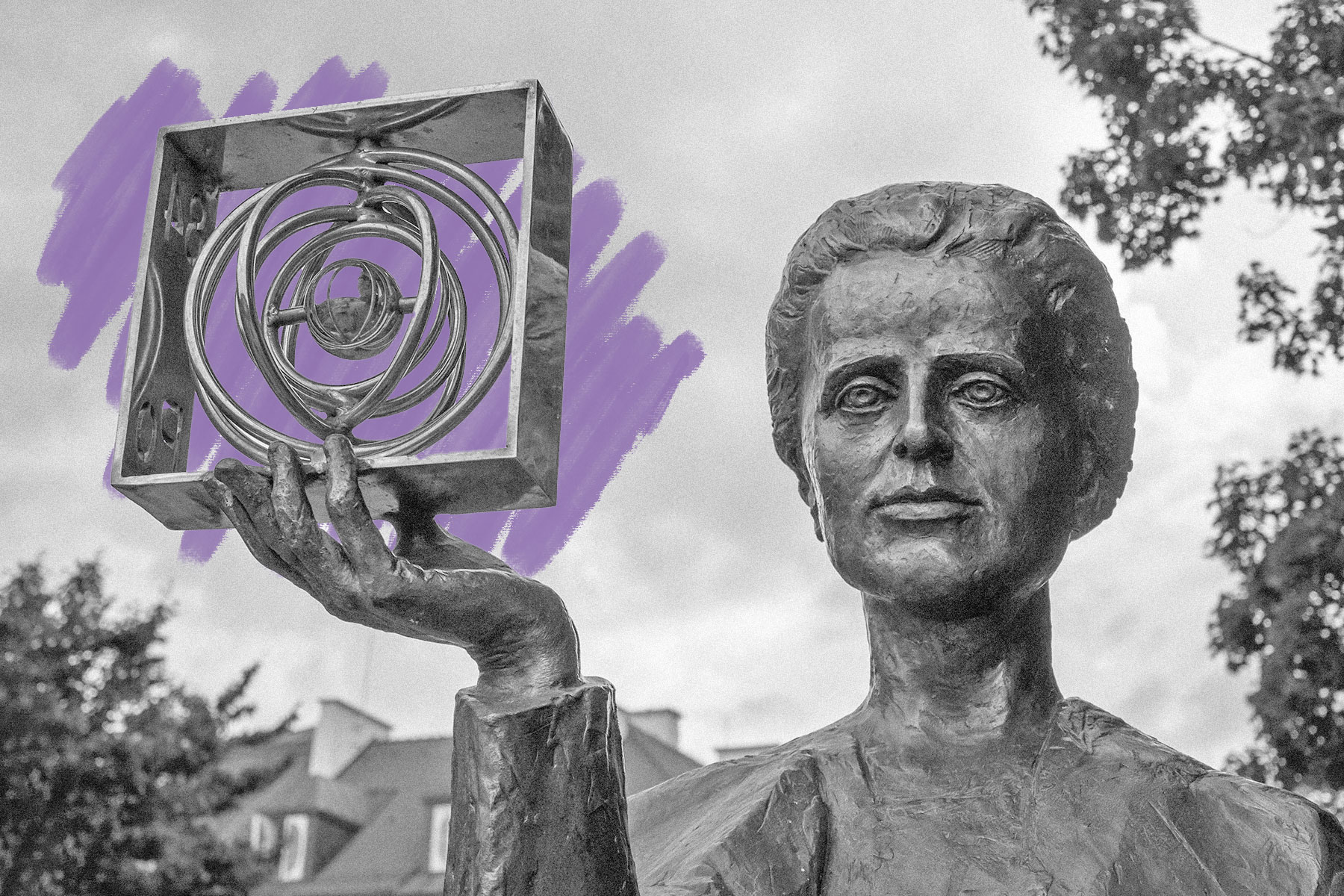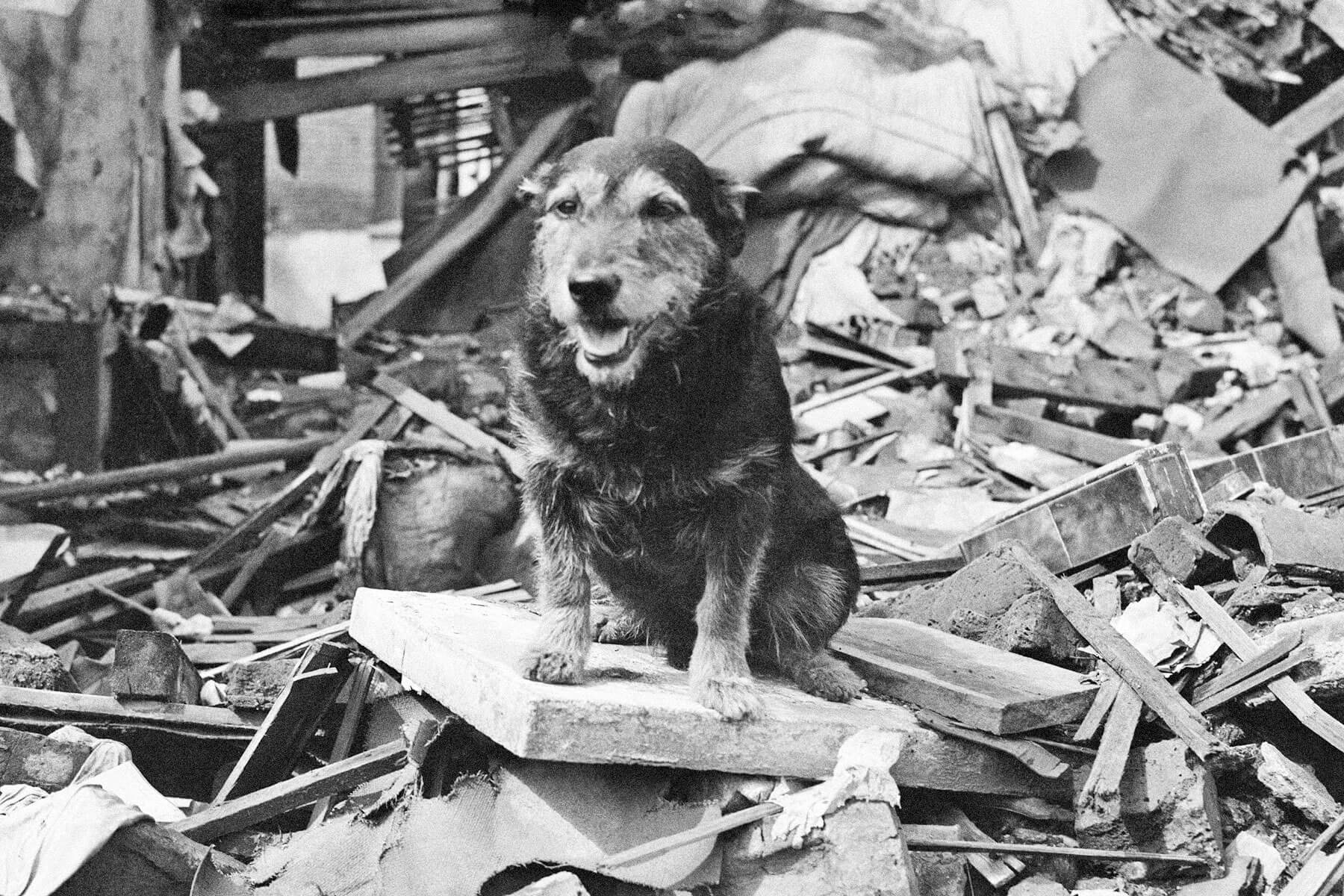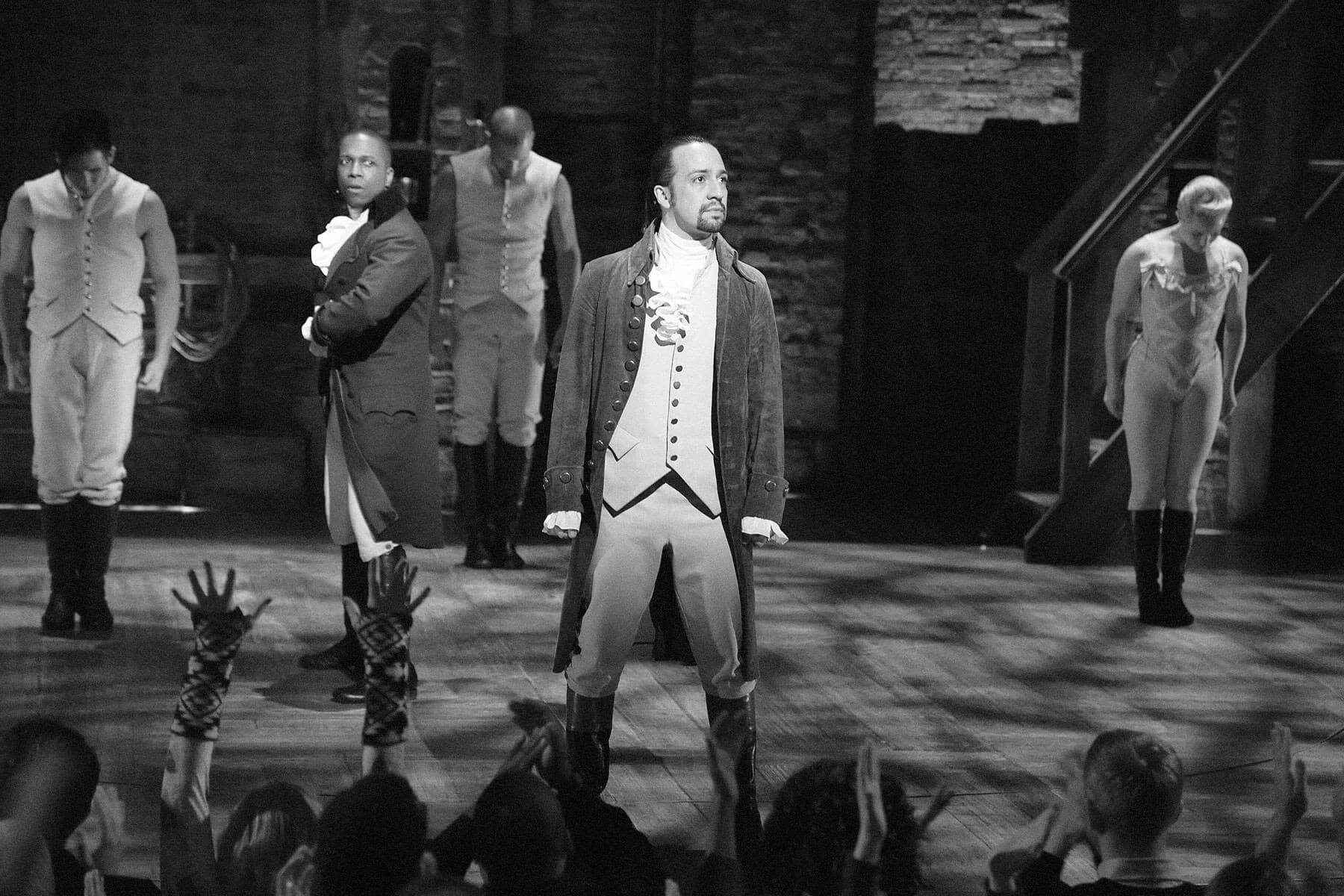 |
Marie Curie donated her Nobel Prize to the WWI war effort. |
Science & Industry |
 |
| |
| The scientist's contributions to the war effort didn't stop there. She also used her expertise in radiology to develop mobile X-ray vans, which she and dozens of trained women, including her daughter and future Nobel winner Irène Curie, used to treat wounded soldiers. Curie's mobile X-rays were a crucial innovation: Though X-ray machines were becoming commonplace in French hospitals, they were often far from the battlefield and too complex to carry in combat. The X-ray vans, nicknamed "little Curies," were equipped with machines that could locate shrapnel and broken bones in wounded soldiers, and provide them with more immediate medical care. | |
 | |
 | |||||||||
By the Numbers | |||||||||
| |||||||||
| |||||||||
 | |||||||||
| |||||||||
President Warren G. Harding gave Marie Curie a gram of radium. | |||||||||
| During Marie Curie's career, radioactive elements were incredibly rare, and Curie and her colleagues had trouble finding sufficient amounts for study. In a 1921 interview with American journalist W.B. (Marie) Meloney, Curie revealed that her laboratory only had 1 gram of radium available for experimentation. Upon learning this, Meloney founded the Marie Curie Radium Fund, which raised money, mostly from American women who admired Curie's work, to purchase more radium for the esteemed scientist to study. The effort was a massive success: Donors raised $100,000, a fortune sufficient to purchase an additional gram of radium. Curie received the gram of radium during a trip to the U.S., where it was presented to her by President Warren G. Harding. During the ceremony, the President called Curie the "foremost among scientists in the age of science," and a "leader among women in the generation which sees woman come tardily into her own." | |||||||||
 | |||
Recommended Reading | |||
 | |||
| | |||
 | |||
| | |||
| + Load more | |||
| |||
| |||||||||
| Copyright © 2023 History Facts. All rights reserved. | |||||||||
| 700 N Colorado Blvd, #513, Denver, CO 80206 | |||||||||
|





No comments:
Post a Comment